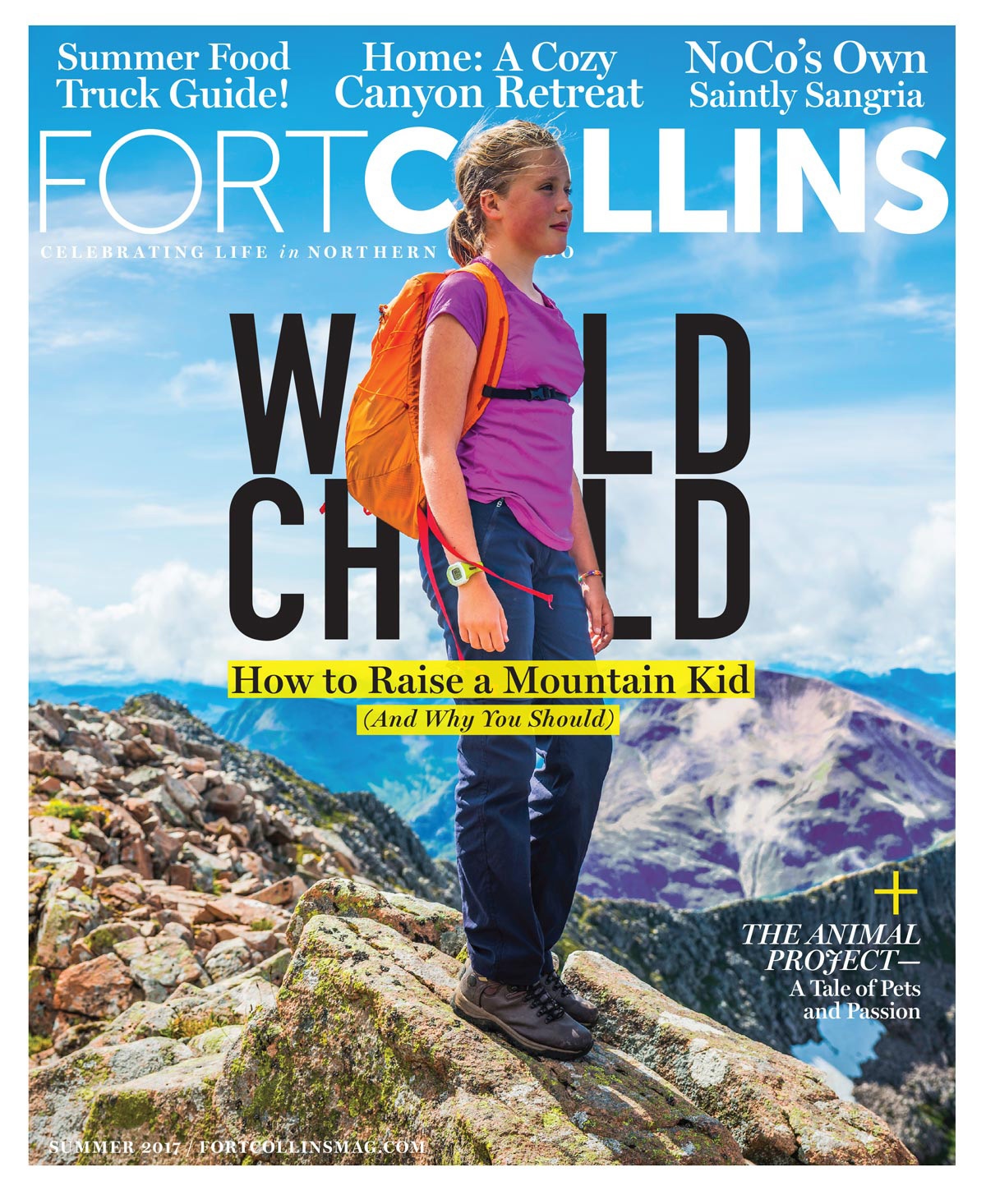
Research shows that kids who spend time outdoors are more well adjusted. Here’s why—and a real-time example to prove it.
by Tracy Ross
A couple of years ago, when my oldest son was 13, he came to my husband, Shawn, and me with an interesting proposition.
Scout has long been an admirer of people like Ed Abbey, Jon Krakauer, and Peter Matthiessen. He fancies himself like them: a true adventurer. He’s read all of the books—Into the Wild, Into Thin Air, The Snow Leopard, Freedom of the Hills. He’s also done his fair share of outdoor travel, with us, his parents, by foot, by bike, by skis, raft and duckie. And now he wanted to lead three of his best friends on an overland journey that would start approximately 20 miles from our house—in the middle of Roosevelt National Forest—and traverse rugged kind of terrain. They’d go by foot and mountain bike with exactly zero adults.
Shawn and I thought this over and had different reactions. His was, “That’s a big adventure to bite off for a bunch of 13-year-olds” and mine was “Oh, hell yeah. Let them do it!” It’s not that Shawn is more cautious than I am (quite the contrary). I simply shouted yes because I believe—like a growing number of scientists, researchers, pediatricians and child psychologists—that the more time a kid spends doing outdoor sports, the happier, more well-rounded, more confident and more competent that kid will be.
Studies show that kids who do the opposite are in ever-increasing danger. According to a 2015 report by Common Sense Media, the average American 13-year-old spends nine hours a day in front of a screen. Some are playing video games while others are checking social media. A recent CNN study mentions kids who check their accounts 100 times a day. The study reveals that the more kids look at social media, the more distressed they can become. Another downside for teenagers in our technologized world is a disconnect from nature that scientists believe is tied to vast increases in ADHD, a soaring rate of childhood diabetes, and a troubling increase in antidepressant prescriptions for children.
Instinctively, as adolescents, Shawn and I both gravitated away from our Ataris and Diff’rent Strokes episodes to spend time roaming the outdoors in our respective homes of Idaho and Connecticut. We followed our outdoor passions into high school and through college. Time in the wilderness—backpacking and rock climbing—helped me work through the aftershocks of an abusive childhood, while Shawn healed parts of himself in mountains and rivers. We both eventually took up sports that would move us swiftly through the woods (mountain biking, skiing). We also both landed in Alaska, in our twenties. We met, became friends, and then accidentally met again while booting up to go backcountry skiing on Berthoud Pass in Grand County. A year later, we married. A year after that came kids—first Scout, then his brother, Hatcher, and much later, Hollis, our now five-year-old daughter. By the mere manner in which we lived, we grew our brood into little outdoorsfolk. We’ve raised all three on backpacking trips in Utah, ski trips in Wyoming and rafting trips in Idaho. We chose our home specifically because it abuts dozens of miles of mountain-bike trails. Both boys ride all summer and ski race in winter…
THIS FULL ARTICLE IS NOT INCLUDED IN THE PREVIEW EDITION.
Subscribe Below To Get Access To The Full Edition.

Subscribe
Subscribers Get Full Digital Access
Readable On Any Device.
OR
Existing Subscribers